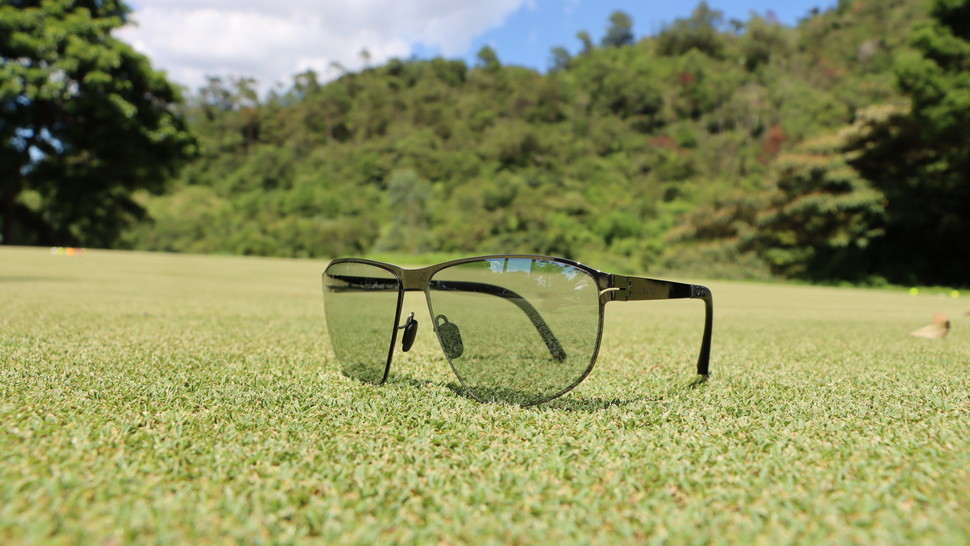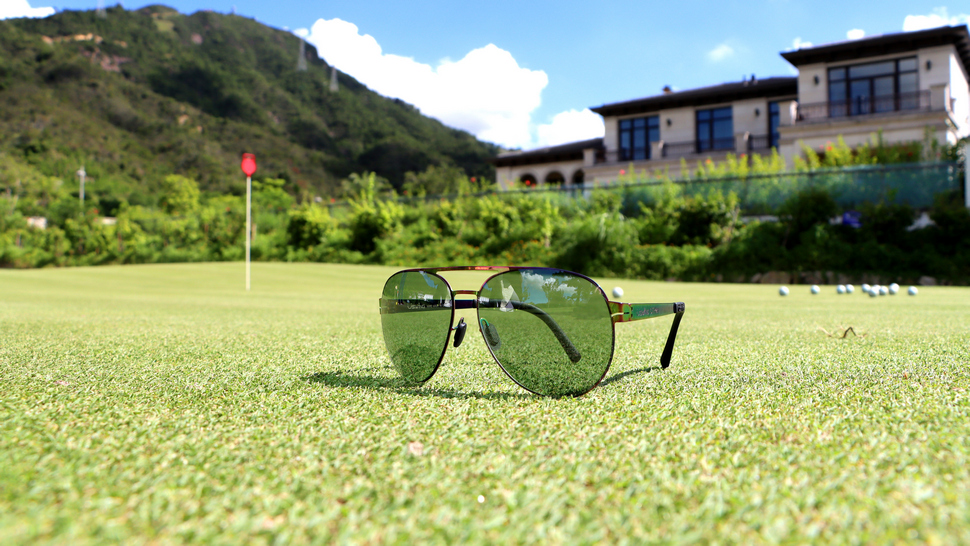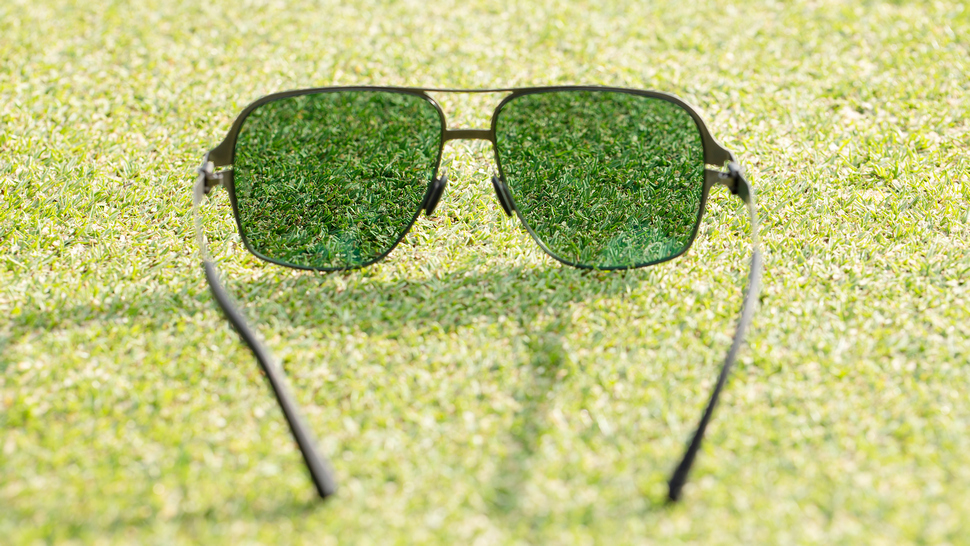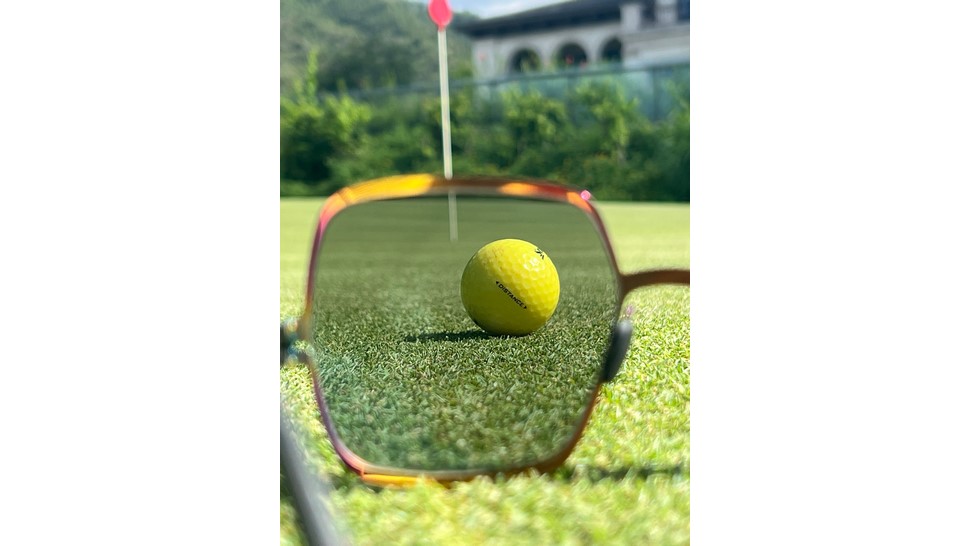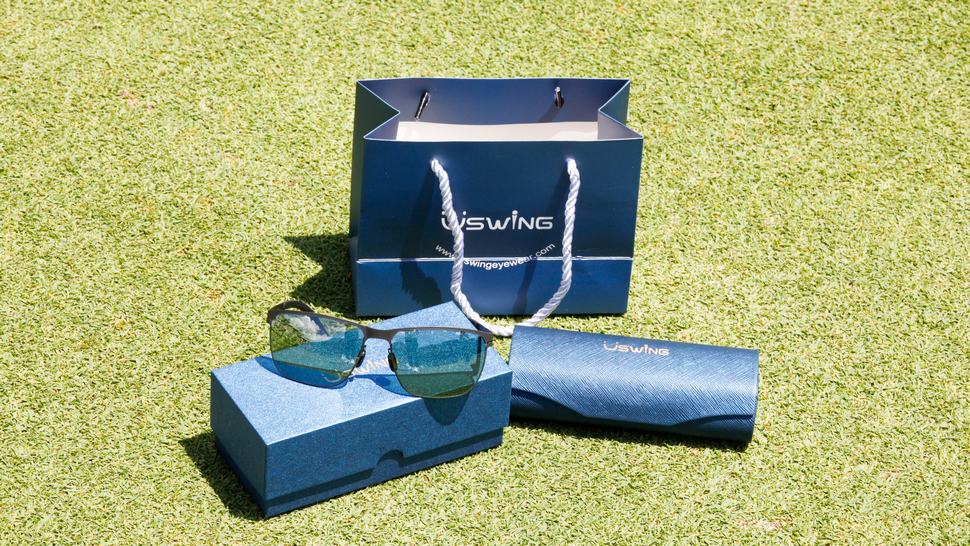The Shannon Story
His journey commenced in 1982 as an Assistant Golf Professional at Augusta National Golf Club.
It was at Houston Country Club where Mike developed a specific area of expertise for instruction under the tutelage of Claude Harmon and Charlie Epps.
In 1992, Mike invented the Laser Optics putting system, used by countless professionals today. To date, Shannon has worked with over 150 TOUR players and is regarded as one of the best putting instructors in the world.
Shannon is a Golf Magazine “Top 100 Teacher” and has been one of Golf Digest’s “Top 50 Greatest Teachers.”
***
What was the genesis for your involvement with USWING golf sunglasses?
I ended up meeting with founder Warren Fong at an event, let’s say about a year ago now. It was there that I tried on a pair of Uswing sunglasses for the first time and was immediately impressed by how light they were and how clear they were on the green.
So, as you’d expect, we had a lengthy discussion about the technology behind the glasses, how they solved parallax issues, the tint of the glasses, and how Phil Mickelson was an organic user. There were synergies between my network and Warren’s desire to grab more of a footprint in North America based off of his initial successes.
What differentiates them from others you previously tested?
Where do we want to begin? Most Uswing sunglasses are extremely light — weighing just 21 grams. That’s usually everyone’s first impression, including mine.
Then they’re extremely clear once on your face — allowing the slopes and the grass patterns on a green to come to life. The lenses also have a specialized grey-green tint, similar to what pilots have.
The color choice is intended to keep one calm, always focused and in control.
From a putting perspective – what is the key fundamental difference in the approach followed by elite tour professionals versus those at the recreational level?
Consistency. Technique. Mental focus and routine. These players on the Tour spend thousands of hours each year perfecting their craft. They’re taking shots in front of an audience, on courses designed to test them to their limits.
Do you see usage of USWING golf sunglasses being for all shots or just for putting?
Uswing has designed a line called the “Overcast Series” designed to help golfers play a round in less-than-ideal conditions, including the rain. This is where Phil actually made the brand famous last year, sporting them in the final round of the Masters.
In short, Uswing are light enhancement glasses, and its Overcast series is made for overcast and rainy days. They add light, help to read the green and protect from wind and rain.
When observing elite professionals preparing to putt – what specific tests do you focus on in improving their overall performance?
When working with elite professionals, the approach shifts slightly than even your most seasoned golfer that comes through the Training Center.
While specific tests and areas of improvement are still crucial, and we do have all of the technology, it’s essential to acknowledge that these athletes often have a deep understanding of their game and what they need to do to enhance their performance.
In this context, they seek more validation, support, and refinement rather than fundamental instruction.
Just curious – but how many people are properly fitted for the putter they actually use?
Most elite golfers go through the process of having a custom fitted putter, but for more casual players who want to make the investment, it can certainly shave a stroke of two off per round.
How does USWING assist in terms of the demands faced on short putts – those under 10 feet – and those of extreme length – 50 feet and beyond?
Thanks to Uswing glasses eliminating parallax issues, it gives players a consistent and precise view of the green, which helps on longer putts.
On shorter putts, Uswing glasses help distinguish the direction of the grass pattern, which can help with trickly breaks on shorter putts.
Speed control is always a critical dimension in putting – what specific drills can recreational players do to help improve this inconsistent ingredient?
There are a few different drills that can help.
Distance Control Drill: Set up tees or markers at various distances around the putting green, ranging from short to long putts. Practice hitting putts to each marker, focusing on getting the ball to stop as close to the marker as possible. This drill helps develop a sense of distance control and touch for different lengths of putts.
Clock Drill: Imagine the hole as the center of a clock face, and place several markers (tees, coins, etc.) at each hour around the clock, starting from 3 feet away and extending to longer distances. Practice putting to each marker, focusing on controlling the speed to stop the ball at the desired hour. This drill helps improve both short and long-distance speed control.
Downhill and Uphill Putting: Find a slope on the putting green with varying degrees of incline. Practice putting downhill and uphill putts, focusing on adjusting the speed to compensate for the slope. This drill helps develop a feel for how slope affects speed and distance control.

Related: Shell Bay emerges in the Sunshine State
Gate Drill: Set up two alignment sticks or clubs on the putting green to create a gate just wider than the putter head. Practice hitting putts through the gate, focusing on maintaining a smooth stroke and controlling the speed to keep the ball on line. This drill helps improve both accuracy and speed control.
Metronome Drill: Use a metronome or a smartphone app with a metronome function to establish a consistent tempo for your putting stroke. Practice hitting putts while syncing your stroke with the metronome beat, focusing on maintaining a smooth and rhythmic motion. This drill helps develop consistent speed control by establishing a reliable tempo.
Putting to Targets: Place various targets (such as cups, coins, or markers) at different distances and locations on the putting green. Practice putting to each target, focusing on controlling the speed to stop the ball close to the target. This drill helps improve accuracy and distance control under different conditions.
Visualization Drill: Before each putt, visualize the desired speed and trajectory of the ball rolling into the hole. Practice hitting putts while maintaining that visualization, focusing on reproducing the desired speed and line. This drill helps develop a mental approach to speed control and reinforces positive visualization techniques.
Plenty of golfers wish to improve performance on the putting greens. What does meaningful practice putting actually entail?
Pros spend a lot of time practicing making sure their ball starts on their intended line. This is the most common thing pros work on when they practice putting before tournament rounds.
The other thing you’ll notice pros doing is any sort of pressure drill to simulate tournament conditions. Especially pressure drills that see a shift in distance, or a desired outcome of hitting many putts in a row.
USWING’s ascension is an amazing story – given the short time it’s been in the marketplace. What do you see as the challenges for the company – short and long term and what strategic calculations are needed to deal with both dimensions?
I’d say the biggest challenge is coming into an expensive sport like golf with some well-established entities in the space.
That’s where, even with the technology, the marketing prowess of Uswing in the States will be tested. Though having legends like Phil and Rose work with your brand is a good start.
***
For more info go to:
